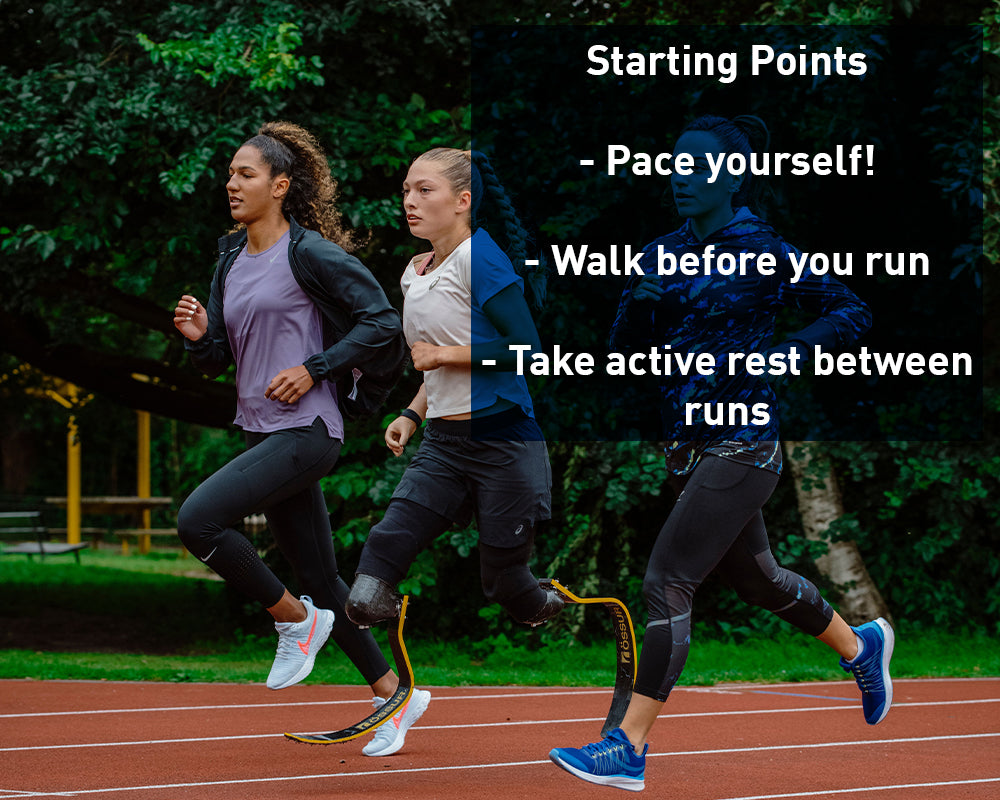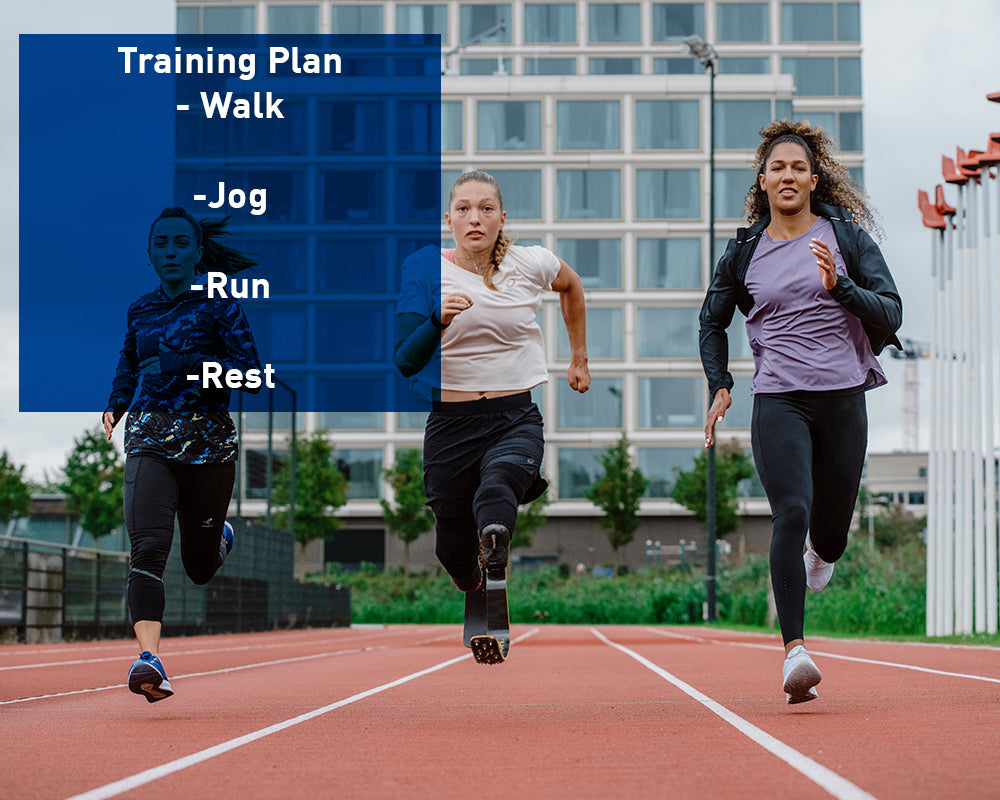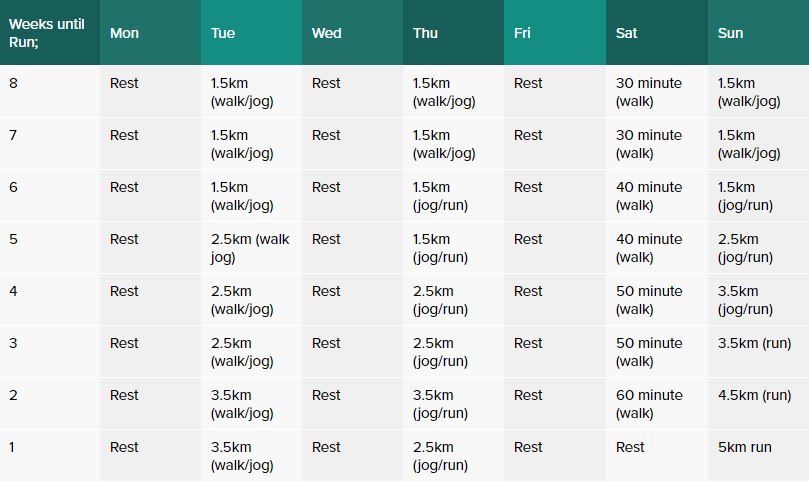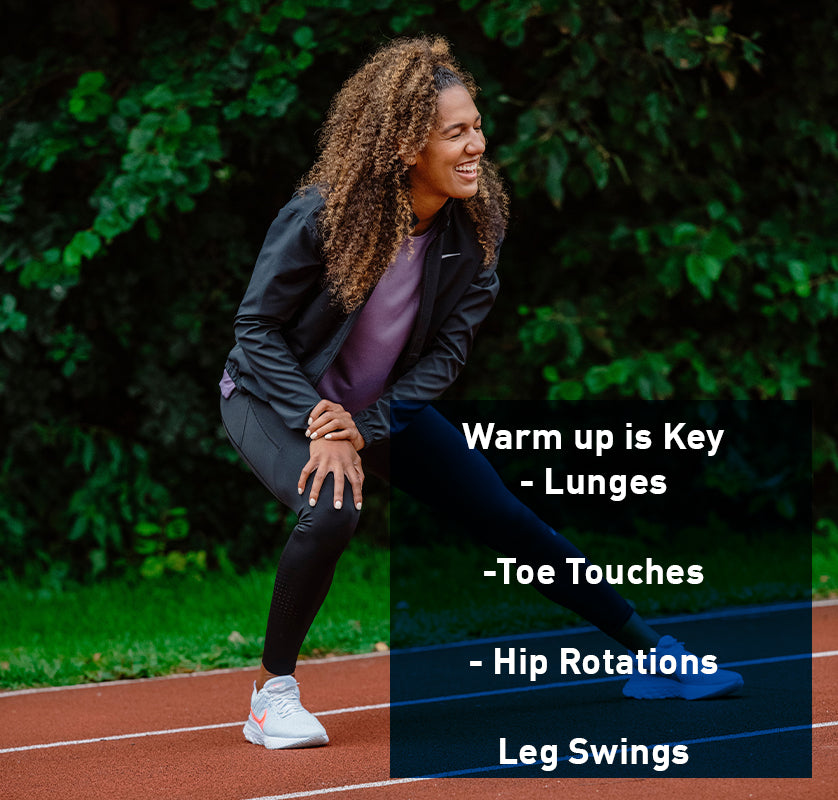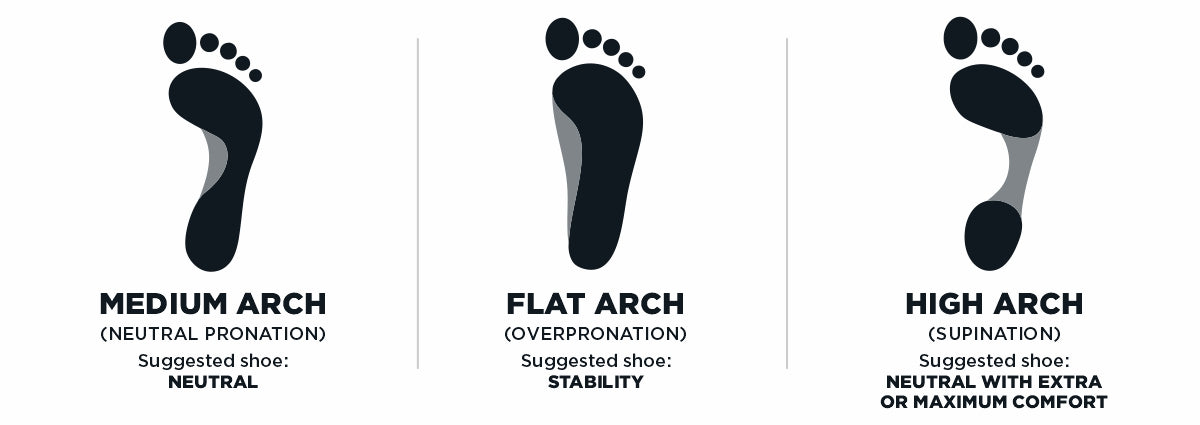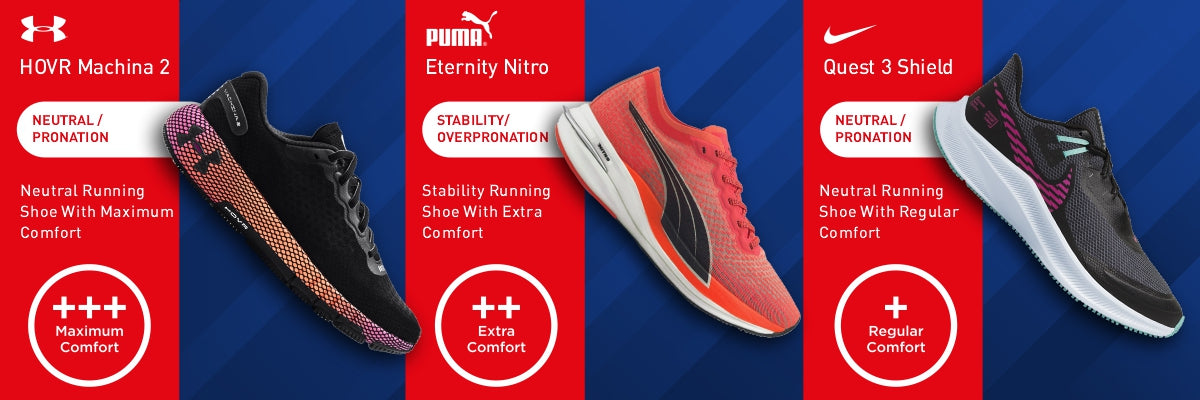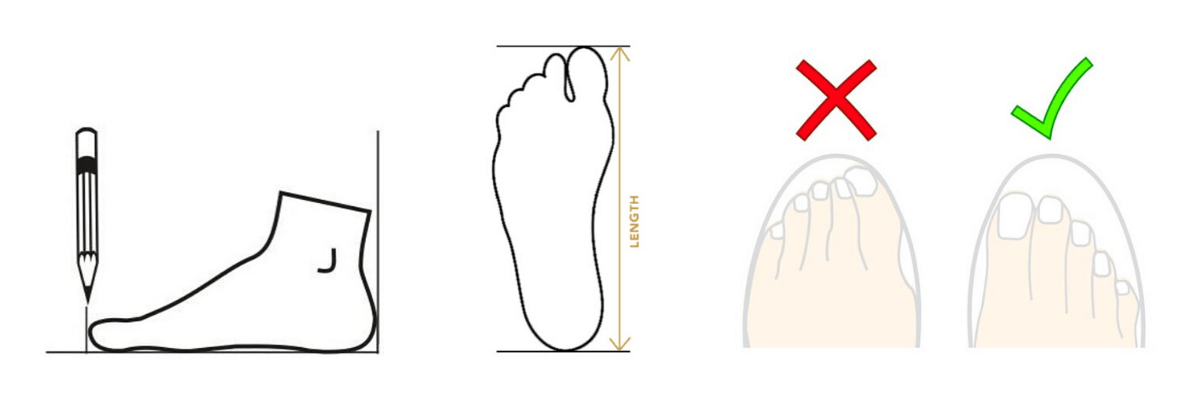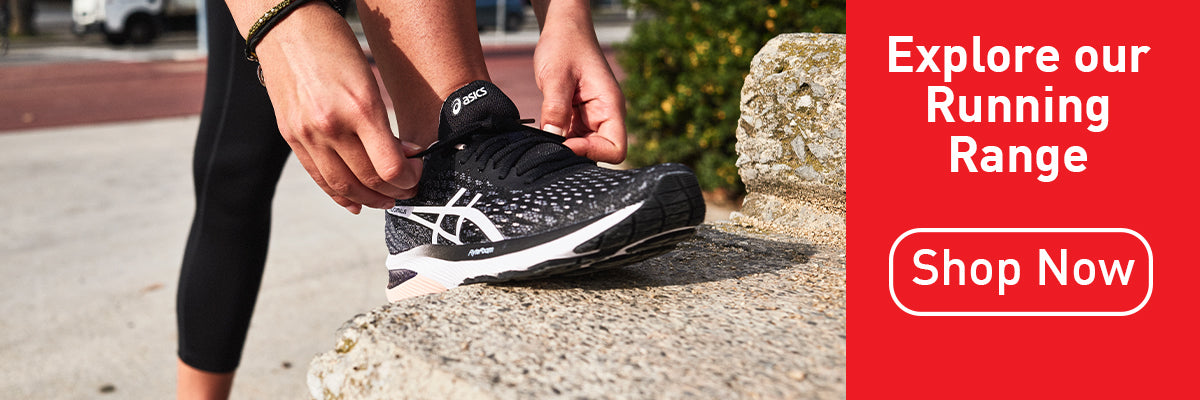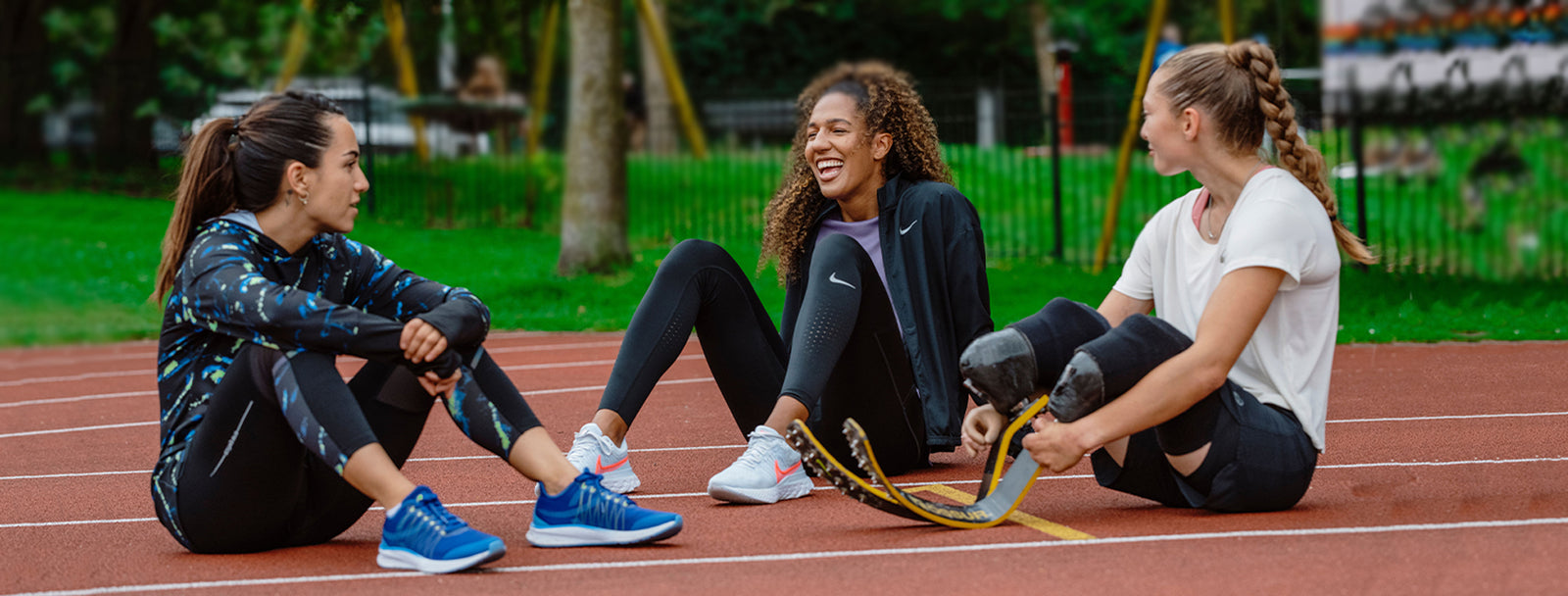
How to Start Running: The Ultimate Beginners Guide
Starting something new can be intimidating as well as exciting, but having support along the journey can really make a difference. If you ever wonder how to start running, now is your opportunity to experiment and give it a chance to fit it into your lifestyle.
If running is completely new to you or something that you keep stopping and starting, we thought we would help guide you toward a proactive start with all the necessary info needed for a running beginner.
Irish Runner’s Killian Byrne has featured a blog on the Health Benefits of Running if you’re interested?
We’ll cover how to get started, from your footwear to your warm up and to your training plan, and everything else in between to show you how to start running.
If you’re not new to running and just want to change up your plan, check out our blog on Tempo Runs.
If not, let’s kick things off.
Advice on How to Start Running
Athletics Aficionado Frank Greally shares his tips on getting started:
“If you’re new to running there’s nothing worse than slipping on your trainers and setting out at full speed, only to be out of breath and feeling deflated after a few hundred metres. There’s no shame in starting out walking and building up gradually.
“One thing to remember when training is that A Little- A Lot will always trump A Lot- A Little. In other words, Hasten Slowly! It’s all about consistency and making the best of your Gift Of Days- each of them- One Day More And One Day Less that you have to celebrate on Planet Earth.”
Whether you’re a feisty first-timer or back after a little break, it’s important to pace yourself. Remember, you’re striving for progress not perfection. So why not walk your first run?
Yes, walking uses the same muscles and joints you use when running, so it’s a pretty sensible place to start. Plus, a decent power walk can still boost your mood and burn calories.
Of course, if you feel like breaking into a jog — or even a run — while you’re walking then go ahead. Just don’t pressure yourself into continuing the run once you get tired. It’s fine to stop and walk again. Regular runners do this all the time — they call it taking an ‘active rest’ in between higher-paced runs.
Why not get started today – try walking for a few minutes with 30 seconds light jogging intervals built in.
After a few weeks you’ll have built up your baseline fitness. You can then look at progressing to Athletics Ireland beginner 5k training plan below.
Running for Beginners Training Plan
Having a goal at the start of any exercise programme can be a great motivator and in many cases can make the difference between sticking with it or giving up.
For someone starting an exercise programme for the first time or just getting back into exercise after a long break it can be a difficult and daunting experience.
How much should I do? How far should I run? What pace should I run at? What rest should I have between runs? These are all questions that are common, so if you have asked yourself any of them, don’t worry – you’re not alone!
The good thing about starting out on a beginner’s programme is that the terms ‘walk’ and rest’ are used quite a lot! Once you have decided on the run to take part in you should work backwards to however many weeks programme you are following. This sample programme lasts eight weeks and is aimed at getting you to the finish line.
It assumes that you have no major health problems, are in reasonable shape, and have perhaps done at least some jogging or walking beforehand.
The following programme is only a suggestion and should be adapted to suit your work and home life and the days of the week that is most convenient for you to exercise. As with all exercise programmes you should always do some gentle warm-up exercises beforehand and some stretching exercises to warm-down afterwards. If you have read this then you have taken the first steps towards getting fit enough for the 5km run!
Happy Running!
Terminology:
- Walk: Brisk walking pace (faster than walking to the newsagents).
- Jog: Gentle running (able to chat easily throughout).
- Walk/Jog: Periods of walking followed by periods of jogging (vary the times and number of walks and jogs depending on total target time/distance).
- Run: Faster pace than jogging but still able to chat (not continuously though).
- Rest: Either a day off exercise completely or other exercise such as swimming, aerobics or cycling.
How to Start Running: Warming Up
Whether you are running for 2 minutes or 2 miles, you need to put time aside for warming up and down – your body will thank you.
Start with a simple fast walk or slow jog before getting started at your normal pace.
A warm-up can take as little as a few minutes. Even when you’re strapped for time, going through a quick list of specific motions will help prime you physically and mentally.
Check them out below.
Knee to Chest:
Stand straight, bring your right knee to your chest while keeping your left leg straight, and rise up on your left tiptoes as you clasp your hands in front of your right knee. Take a step forward and alternate legs, hugging your left knee to your chest while rising up on your right toes. Keep your core engaged and strong.
Quad Stretch:
Lift one leg up behind your back while holding it with your hand and feel the pull in your quad. Repeat with the other leg.
Lunges:
Step one leg out and bend to a 90 degree angle and bring the other knee down towards the floor and repeat.
Calf:
Stand with one foot in front of the other, bend your front leg while keeping your other leg straight. Keep the foot that is behind firmly flat on the ground and don’t bend the knee. Straighten your back and hold the pose for 10-seconds and repeat with the other.
Toe Touches:
Standing with your feet out wide bend your body over keeping your hips straight and reach your hands down to you toes. Hold 10 seconds. For variations move your hands in between your feet and both hands to one side. Do as you see fit.
Leg Swings:
Get an area of support to stand by, swing one leg in front and backwards and continue for up to 10 motions. Repeat with the other leg.
Hip Rotation:
Standing straight up, make exaggerated hula-hooping-style circles with your hips, rotating in one direction, then the other.
Full Arm Circles:
Keeping your arms straight and out to the side, circle your arms forward and then backward. to get the shoulder moving before running.
Visit Our WARMING UP – WHEREVER YOU TAKE RUNNING for more exercises to warm up and down.
As well as warming up, make sure to warm down too!
We hooked up with Irish long-distance runner Grace Lynch to teach you how to do it correctly.
How to Start Running: Footwear
This is one area that we would advise to get before you start off running, as a good pair of running shoes can seriously improve your run.
If it turns out you don’t run that often at least you will have a solid pair for spontaneous runs in the future.
There are so many different brands, technologies and pricing options nowadays with running shoes and it can be overwhelming to know which pair to choose. Once you know your foot type and what shoe you should be wearing, it’s all about brand preference then.
Things You Need To Consider Before Buying:
Finding Out If You Require a Neutral Or Stability Shoe
You can do this at home by completing a Wet Foot test or you can get your foot analysed in select stores.
You will then choose a shoe that is suited to your foot type.
What does overpronation, pronation/neutral and supination mean?
Pronation is the natural side-to-side movement of your foot as you run or walk. As your foot/heel connects with the ground, your arch begins to flex/flatten and absorbs the shock acting as your natural shock absorber for the body.
Overpronation: When your foot strikes the ground, it rolls inwards to absorb the shock.
Neutral Pronation: When someone has a normal arch the foot experiences a normal amount of pronation on impact.
Supination: (Underpronation) Not as common as the other 2 foot types. It is typically seen with a high arch and as a result the foot isn’t able to naturally pronate.
This guide on how to Run Injury Free will help you pick the right shoes too.
Comfort Levels
At Intersport Elverys, we have 3 levels of comfort in our shoes. Find out all the information that you should consider when choosing the level of comfort below:
Regular Comfort + We would recommend for anyone just starting off or don’t require a large amount of cushioning.
Extra Comfort ++ Perfect for those longer runs, for those wanting an increased shock absorption.
Maximum Comfort +++ These are best suited for those who are looking for best shock absorption, with extra or maximum comfort.
Visit our Top Running Shoes Review for 2024 blog here.
How To Measure Your Feet
Step 1: Standing straight with your feet firmly on the ground, heal flush to the wall and a blank piece of paper taped to the floor beneath your foot.
Step 2: Measure the largest part of your foot (heel to biggest toe) using a pencil to make your markings. Repeat this on the other foot, your left and right foot may vary in size.
Step 3: Using a ruler to measure the markings you’ve made from heel to toe.
Visit our HOW TO MEASURE YOUR FEET AT HOME blog for more information on this and to see different brand size guides.
This blog on the Top Eco-Friendly Running Shoes is not to be missed.
Conclusion
You’re now ready to get out there and begin your running lifestyle, we hope this information will be a lot of help throughout your journey.
If you need additional advice on technical and compression clothing, running tech, accessories and nutrition then;
View all things running HERE and avail of Free Delivery over €60 and store returns.
